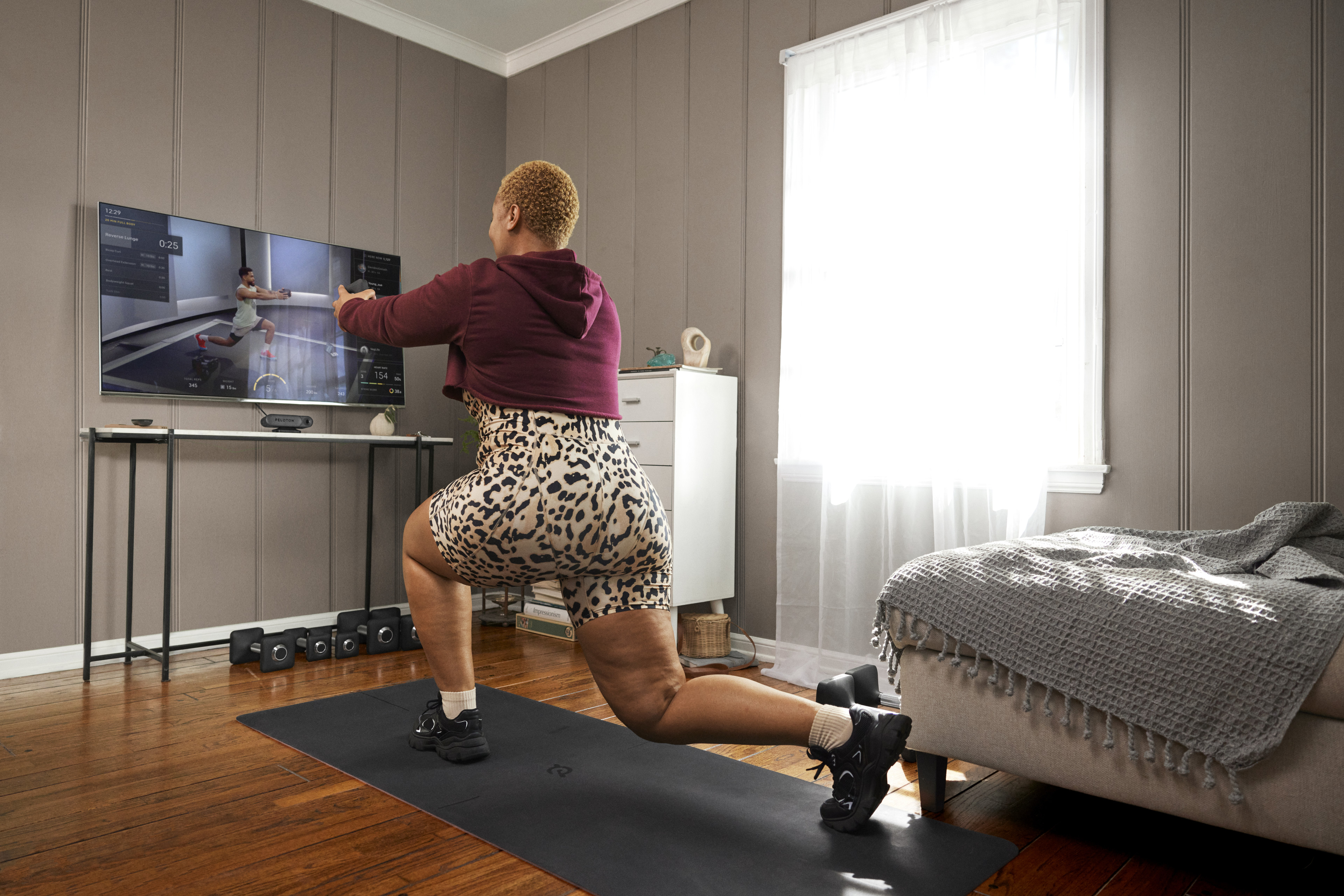
This Training Method Is Key to Avoiding Plateaus In Your Fitness Journey
Make progress—without overdoing it—with these tips.
By Alyssa Sparacino•
What should your next fitness goal be? Take the quiz.

Make progress—without overdoing it—with these tips.
By Alyssa Sparacino•